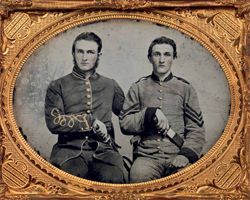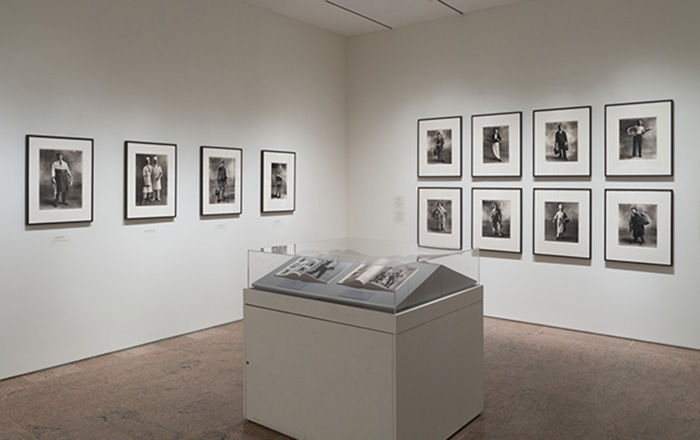Contrabands Aboard U.S. Ship Vermont, Port Royal, South Carolina
Henry P. Moore American
Not on view
In late fall 1861 or spring 1862 Henry P. Moore, a New Hampshire photographer, traveled from his home in Concord to make portraits of the Third New Hampshire Regiment in camp in Union-occupied South Carolina. While in residence, he made some of the earliest and most important Civil War photographs of slave life in the Deep South. Moore focused his camera on the changed lives of African Americans in the aftermath of the Union victory (navy and army) at the Battle of Port Royal, South Carolina, in November 1861. With the departure of their plantation owners, coastal plantation workers were no longer slaves but, before the Emancipation Proclamation, not yet free. They were considered "contrabands," a term coined by Union General Benjamin Butler to describe their status as conscripted former slaves who had escaped the Confederacy. The U.S.S. Vermont served in the South Atlantic Blockading Squadron as a store and receiving ship, a hospital, and here as the backdrop for one of the war’s most revealing group portraits.
This image cannot be enlarged, viewed at full screen, or downloaded.


